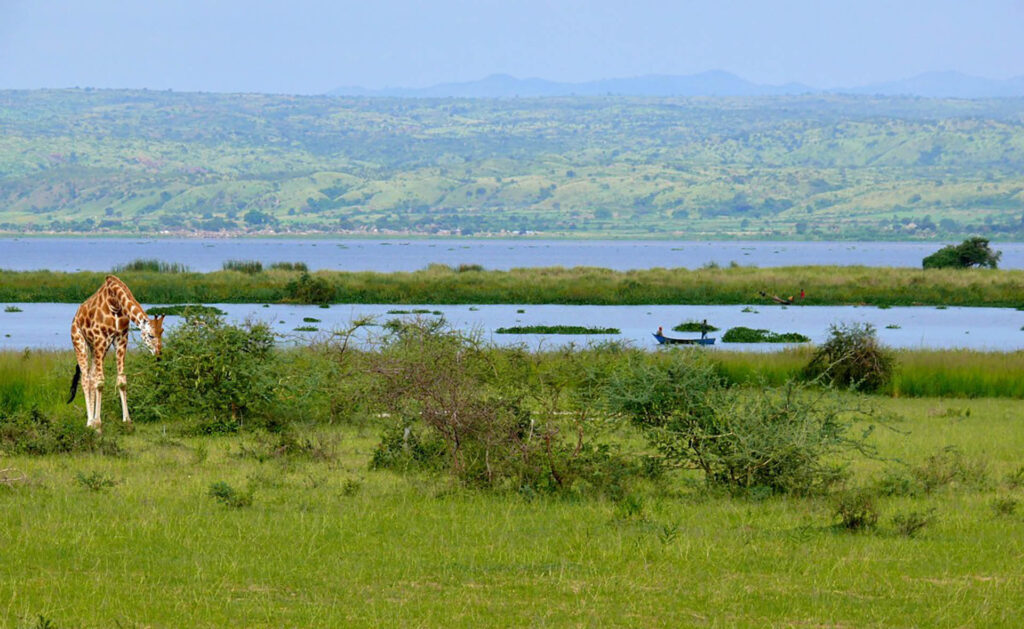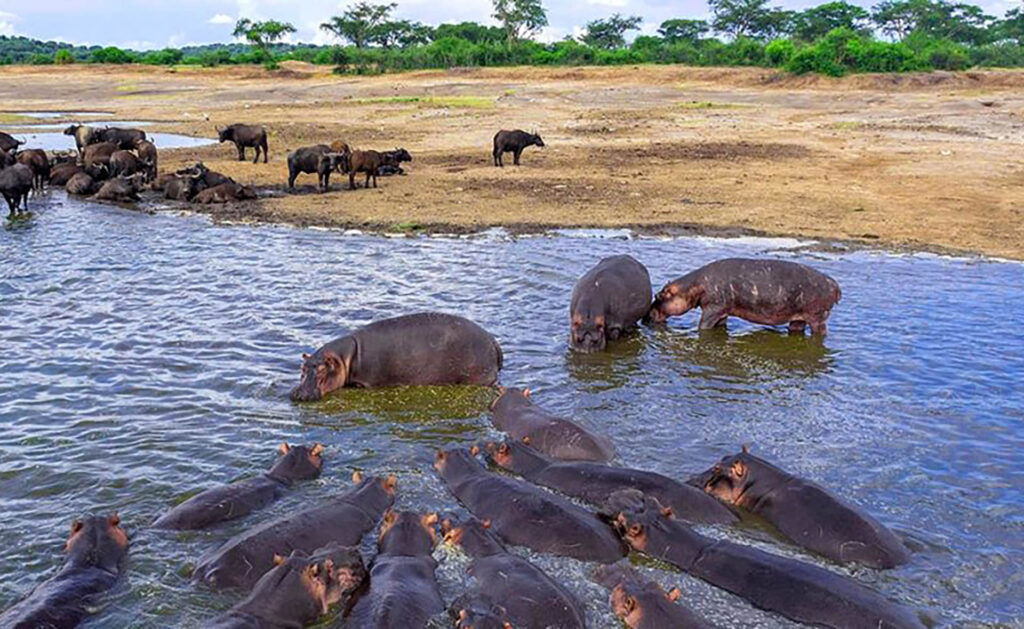Explore Uganda
These water bodies contribute to Uganda’s biodiversity, economy, and cultural heritage, playing essential roles in the country’s ecosystem and supporting various human activities.

Lake Victoria
Lake Victoria is the largest lake in Africa and the largest tropical lake in the world. It is shared by Uganda, Kenya, and Tanzania, with Uganda having a significant portion of its shoreline. Lake Victoria plays a crucial role in Uganda’s economy, providing fish for both domestic consumption and export. It also supports various industries such as transportation and tourism.

Lake Albert
Lake Albert is located in the western part of Uganda, along the border with the Democratic Republic of Congo. It is one of the African Great Lakes and is fed by the Victoria Nile. Lake Albert is known for its scenic beauty and supports fishing activities, particularly for Nile perch and other fish species.

Lake Edward
Lake Edward is situated in the western part of Uganda, on the border with the Democratic Republic of Congo. It is connected to Lake George by the Kazinga Channel. Lake Edward is part of the Albertine Rift Valley and supports diverse wildlife in the surrounding area, including the Queen Elizabeth National Park.

Lake George
Lake George is located in the western part of Uganda, near the town of Kasese. It is connected to Lake Edward by the Kazinga Channel. Lake George is known for its rich birdlife and supports fishing activities, particularly for tilapia and catfish.

River Nile:
The River Nile begins its journey in Uganda. It is divided into two main sections: the Victoria Nile, which originates from Lake Victoria, and the Albert Nile, which flows out of Lake Albert. These two branches converge near the town of Jinja, forming the White Nile, which continues its northward journey through Sudan and Egypt before emptying into the Mediterranean Sea.
